UNIT 1- THE INTERNAL DYNAMICS OF THE EARTH
- Theory, pictures
- Videos, activities, presentations anaya digital
https://www.edistribucion.es/anayaeducacion/8430042/unit_07.html
Video the geosphere and its layers + activity
https://es.liveworksheets.com/hz384010lz
Video tectonic plates
Animation Journey to the centre of the Earth
http://www.bbc.com/future/bespoke/story/20150306-journey-to-the-centre-of-earth/
Consulta dónde estaba una ciudad hace millones de años
https://dinosaurpictures.org/ancient-earth#600
Flash animations
https://eduprofebio.wordpress.com/2016/09/01/du1-tectonic-plates/
Game "plates on the move"
https://www.amnh.org/explore/ology/earth/plates-on-the-move2/game
Review activity, types of boundaries
Video earthquakes
https://video.nationalgeographic.com/video/101-videos/00000144-0a2d-d3cb-a96c-7b2d6cd80000
Trivial to review the unit 1 Jeopardy
https://jeopardylabs.com/play/2020-10-20-62
What are fossil fuels? Name them
Are they renewable sources of energy?
Video Fossil fuels
https://www.youtube.com/watch?v=zaXBVYr9Ij0
https://www.youtube.com/watch?v=8YHsxXEVB1M
http://www.scholastic.com/teachers/activity/human-body-14-studyjams-interactive-science-activities
UNIT 3- THE ORGANISATION OF THE HUMAN BODY
https://sketchfab.com/3d-models/biology-animal-cell-4d60cacd5fa543058cfe65064e2d4d53
Review activities, matching:
http://www.edistribucion.es/anayaeducacion/8440042/U01_SC3/01_Human_cell/actividad1_1/index.html
http://www.edistribucion.es/anayaeducacion/8440042/U01_SC3/03_Human_tissues/actividad1_2/index.html
http://www.edistribucion.es/anayaeducacion/8440042/U01_SC3/04_Organs_and_major_organs/actividad1_3/index.html
activity and Test from cells to systems
http://www.bbc.co.uk/education/guides/z9hyvcw/activity
http://www.bbc.co.uk/education/guides/z9hyvcw/test
PPT Adivinar el orgánulo
TISSUE LEVEL
Vídeo sobre tejidos
https://www.youtube.com/watch?t=208&v=ixBOP_hBaxQ
Imprimir y rellenar actividad tejidos
PPT One drive la organización ...tissues
PPT one drive systems, organs
Online book with audio in English
https://www.blinklearning.com/Cursos/c613089_c28990299__Tissues_and_organs.
Genially review unit
https://view.genial.ly/600824b4962b480d8d69df23/game-breakout-levels-of-organisation-review
Crossword to review the cell parts
https://crosswordlabs.com/view/2021-01-20-387
FOOD AND HEALTH
http://understandingfoodadditives.org.uk/pages/Ch4p2-9.htm
Previous ideas:
Let´s compare eating-feeding and nutrition
Inorganic biomolecules?
Organic biomolecules?
Foor rich in ....?
Daily energy needs? Do you need the same energy as your father?
What is a healthy/balanced diet?
Does food need to be preserved? For example yogurt, milk, fish.....methods to preserve food?
Food allergies? Food poisoning? Diseases?
Eating disorders?
Quiz previous ideas
https://www.educa2.madrid.org/web/clase-de-biologia-de-secundaria/unit-2.-food-and-health
Apuntes tema tipo power point
http://iespoetaclaudio.centros.educa.jcyl.es/sitio/upload/alimentos__nutrientes_3eso.pdf
Apuntes ppt Necesidades nutricionales
http://iespoetaclaudio.centros.educa.jcyl.es/sitio/upload/nec_nutricionales_3eso.pdf
NUTRIENTS
1- WATER
2- MINERAL SALTS
3- CARBOHYDRATES
FIBER
4- LIPIDS= FATS

5- PROTEINS
Las proteínas están formadas por aminoácidos.
EGGS
6-VITAMINS
Vitaminas
http://iespoetaclaudio.centros.educa.jcyl.es/sitio/upload/vitaminas.swf
Se clasifican en dos grupos: hidrosolubles y liposolubles
Cómo calcular la tasa metabólica basal
- Ningún ejercicio o poco = TMB x 1,2
- Ejercicio ligero (1-3 días a la semana): = TMB x 1,375
- Moderado (3-5 días a la semana): = TMB x 1,55
- Ejercicio fuerte (6-7 días a la semana): = TMB x 1,725
- Muy fuerte (dos veces al día): = TMB x 1,9
THE MEDITERRANEAN DIET
Vídeo ¿Como debe ser la etiqueta de los alimentos? (2min 47")
https://www.youtube.com/watch?v=rUQV05vRRs4
http://www.facua.org/etiquetado
http://recursostic.educacion.es/ciencias/biosfera/web/alumno/3ESO/nutrisalu/actividad6.htm
http://recursostic.educacion.es/ciencias/biosfera/web/alumno/3ESO/nutrisalu/actividad331.htm
Infografía conservación en frío
http://www.consumer.es/seguridad-alimentaria/sociedad-y-consumo/2004/07/26/20119.php
Métodos industriales de conservaciíon infografía
http://www.consumer.es/seguridad-alimentaria/ciencia-y-tecnologia/2004/05/20/20135.php
http://recursostic.educacion.es/secundaria/edad/3esobiologia/3quincena7/3quincena7_contenidos_2a.htm
Video Cómo conservar los alimentos mejor
https://www.youtube.com/watch?v=ZyqNsdTb0Ns
Video alimentos del futuro
https://www.youtube.com/watch?v=5GFhxExu0-U
Vídeo sobre aditivos alimentarios 6´46"
http://www.rtve.es/alacarta/videos/para-todos-la-2/para-todos-2-video-aditivos-alimentarios/3192462/
CANTIDAD DE AZÚCAR EN DISTINTAS BEBIDAS
https://www.diabalance.com/comunidad/hablando-de-diabetes/682-4-respuestas-para-conocer-mejor-los-hidratos-de-carbono
http://biologiacampmorvedre.blogspot.com.es/2014/11/indice-1.html
Anaya digital
http://www.edistribucion.es/anayaeducacion/8440050/unidad_02.html
Enfermedades asociadas
http://iespoetaclaudio.centros.educa.jcyl.es/sitio/upload/enfermedades_nutricionales_3eso.pdf
VIDEOS
La hidratación
http://www.rtve.es/alacarta/videos/para-todos-la-2/para-todos-2-nutricion-hidratacion/3173594/
Azúcares
http://www.rtve.es/alacarta/videos/para-todos-la-2/para-todos-2-nutricion-azucares/2992810/
Nutrición colesterol y triglicéridos
http://www.rtve.es/alacarta/videos/para-todos-la-2/para-todos-2-nutricion-colesterol-trigliceridos/1898188/
Obesidad y alimentación
http://www.rtve.es/alacarta/videos/para-todos-la-2/para-todos-2-nutricion-obesidad-alimentacion/2621209/
Mitos dietas alimentos
http://www.rtve.es/alacarta/videos/para-todos-la-2/para-todos-2-nutricion-falsos-mitos-alimentacion/2469837/
Vídeo sobre contenido en azúcar en la dieta
http://www.elmundo.es/sociedad/2016/10/11/57fcc50aca4741074d8b4620.html
Con la comida no se juega
https://vimeo.com/55674535
¿Qué comemos?
https://www.youtube.com/watch?v=H7PoNwcTGvw
Actividades
Generales
http://recursostic.educacion.es/ciencias/biosfera/web/alumno/3ESO/nutrisalu/a_inicial.htm
http://recursostic.educacion.es/ciencias/biosfera/web/alumno/3ESO/nutrisalu/autoevaluacion.htm
Alimentación o nutrición
http://recursostic.educacion.es/ciencias/biosfera/web/alumno/3ESO/nutrisalu/actividad4.htm
Alimentos
http://recursostic.educacion.es/ciencias/biosfera/web/alumno/3ESO/nutrisalu/actividad7.htm
Tipo de glúcido
http://recursostic.educacion.es/ciencias/biosfera/web/alumno/3ESO/nutrisalu/actividad11.htm
Ricos o no en proteínas
http://recursostic.educacion.es/ciencias/biosfera/web/alumno/3ESO/nutrisalu/actividad18.htm
Contenido en fibra
http://recursostic.educacion.es/ciencias/biosfera/web/alumno/3ESO/nutrisalu/actividad20.htm
PPT
http://iespoetaclaudio.centros.educa.jcyl.es/sitio/upload/nec_nutricionales_3eso.pdf
Actividades
http://www.educa.madrid.org/web/cc.nsdelasabiduria.madrid/3ESO.html
http://contenidos.educarex.es/mci/2006/21/menus/m_ud4.htm
http://contenidos.educarex.es/mci/2006/21/menus/m_ud4.htm
kahoot
https://play.kahoot.it/#/k/dc956f86-80a8-47a7-8716-507f8595e5ff
Salmonelosis
https://i.pinimg.com/564x/50/48/a4/5048a478a41c000a482927a2ef9d6a31.jpg

The Difference Between Celiac Disease, Gluten Intolerance, and Wheat Allergy
Intolerancia al gluten
https://i.pinimg.com/564x/a7/59/69/a75969161521f8ec825d6861d162d23c.jpg
https://i.pinimg.com/564x/f6/ce/d0/f6ced0a68a8d96eb5cf11c9e9efc6b91.jpg
********Repaso final del tema con un trivial*******
https://jeopardylabs.com/play/t2-alimentacin-y-nutricin
What is the function of nutrition? What happens?
What organ systems are involved in the nutrition function? Which is their function?
http://recursostic.educacion.es/secundaria/edad/3esobiologia/3quincena8/actividades/q8_aparato_dig.htm
Animación sobre partes y procesos digestivos. La deglución
http://biologia-geologia.com/BG3/32_el_aparato_digestivo.html
¿Qué procesos o etapas tienen lugar desde que ingerimos el alimento hasta que expulsamos las heces?
Video digestive system
http://www.catedu.es/biogeo3/33_enfermedades_del_aparato_digestivo.html
Quiz
http://kidshealth.org/en/kids/rsquiz.html
Online labeling respiratory parts
http://www.purposegames.com/game/respiratory-system-labeling-interactive-game
Video main parts
https://www.youtube.com/watch?v=zRv5tNCMpyY
https://www.youtube.com/watch?v=XTMYSGXhJ4E
Video how do your lungs work?
https://www.youtube.com/watch?v=Cy1lfZAIojs
Anatomy
http://www.healthline.com/human-body-maps/circulatory-system
http://www.livescience.com/22486-circulatory-system.html
Video how the heart pumps, its parts
https://www.youtube.com/watch?v=JA0Wb3gc4mE
Arteries, veins and capillaries
http://study.com/academy/lesson/blood-vessels-arteries-capillaries-more.html
http://www.sumanasinc.com/webcontent/animations/content/humanheart.html
Sistole and diastole
Actividad español partes corazón
http://www.educaplus.org/play-56-Partes-del-coraz%C3%B3n.html
Vídeo
https://www.youtube.com/watch?v=JpxuZL7U6wE
Animación
http://cienciasnaturales.es/BOMBEO.swf
Blood circuits animations
http://www.bbc.co.uk/education/guides/zhnk7ty/revision/2
REVIEW ACTIVITIES
http://iespoetaclaudio.centros.educa.jcyl.es/sitio/upload/sangre__3eso.pdf
LOS GRUPOS SANGUÍNEOS. SISTEMA ABO
Completa esta tabla en tu cuaderno:
ARTERIAS | VENAS | CAPILARES | |
Transporte de sangre desde | |||
Tipo de pared | |||
Presencia de válvulas | |||
Presión que soportan | |||
Grosor |
PARTES DEL CORAZÓN
Vídeo partes del corazón
https://www.youtube.com/watch?v=QKKkHwSESqY
https://twitter.com/Juanamariabio/status/1127626294928211968?s=20
Vídeo válvulas corazón
https://twitter.com/JosepM_Torra_C/status/1221897825342185473?s=20
Otro vídeo del corazón
https://www.youtube.com/watch?v=YOQGSMHn-N8
Vídeo podéis poner para repasar partes del corazón y los circuitos
https://www.youtube.com/watch?v=ScG5rCFoHzs
Animación partes corazón
http://www.healthline.com/human-body-maps/heart
Vídeo el latido y la circulación sanguínea
http://www.edistribucion.es/anayaeducacion/8440050/recursos_and/U03/U03_01_EPI_04/circulatorio/index.html
Actividades REPASO
Partes corazón
http://www.edistribucion.es/anayaeducacion/8440050/recursos_and/U03/U03_01_EPI_04/actividad03_4/index.html
http://recursos.cnice.mec.es/biosfera/alumno/3ESO/aparato_circulatorio/actividades/activi2.htm
http://recursos.cnice.mec.es/biosfera/alumno/3ESO/aparato_circulatorio/actividad3.htm
http://recursos.cnice.mec.es/biosfera/alumno/3ESO/aparato_circulatorio/actividades/activi5.htm
Contesta las siguientes cuestiones en tu cuaderno:
- ¿Cuántas cavidades presenta el corazón humano?. ¿Cómo se denominan?
- ¿Cómo es la pared del ventrículo izdo comparada con la del derecho? ¿A qué se debe?
- ¿Qué vaso sanguíneo sale del ventrículo izquierdo?, ¿Dónde va esa sangre?
- ¿Qué vaso/s sanguíneo/s llega/n a la aurícula izquierda?
- ¿De dónde proviene la sangre que llega a la aurícula izquierda?
- ¿Y la que llega a la aurícula derecha?. ¿Por qué vasos llega?
- ¿Qué vaso sanguíneo sale del ventrículo derecho?, ¿Dónde va esa sangre?
Sistema linfático
http://animatedbody.com/bis14.html
http://kids.britannica.com/lm/animations/olympha001d4/product.html
http://www.as.wvu.edu/~sraylman/physiology/human_lymphatic.swf
THE EXCRETORY SYSTEM
Video urinary system
https://www.youtube.com/watch?v=lfGYd1wrTgE
http://recursostic.educacion.es/secundaria/edad/3esobiologia/3quincena9/index_3quincena9.htm
Lee esta página:
http://recursos.cnice.mec.es/biosfera/alumno/3ESO/aparato_circulatorio/index.htm
Esquema general tema
http://recursostic.educacion.es/ciencias/biosfera/web/alumno/3ESO/aparato_circulatorio/mapa.htm
PPT completo
http://iespoetaclaudio.centros.educa.jcyl.es/sitio/upload/aparato_circulatorio_3eso.pdf
Apuntes
http://iespoetaclaudio.centros.educa.jcyl.es/sitio/upload/sistema_linfatico__3eso.pdf
Video sistema linfatico
https://www.youtube.com/watch?v=cFxHD6w4RB8
Enfermedades relacionadas con el aparato circulatorio
Animación hipertensión
https://www.consumer.es/salud/tension-alta.html
Arterioesclerosis
Repaso partes corazón
http://recursostic.educacion.es/secundaria/edad/3esobiologia/3quincena9/actividades/estructuracorazon.htm
http://recursostic.educacion.es/ciencias/biosfera/web/alumno/3ESO/aparato_circulatorio/actividad3.htm
Ejercicio repaso
https://www.thatquiz.org/es/practicetest?5z19r2my7ttf
Jeopardy de repaso
https://jeopardylabs.com/play/aparato-circulatorio3
Crucigrama repaso
http://recursostic.educacion.es/secundaria/edad/3esobiologia/3quincena9/actividades/elementos_circulatorio.htm
- Pared celular: Algunos antibióticos funcionan bloqueando la formación de las paredes celulares. Así, se consigue alterar la composición intercelular del microorganismo a destruir. Lo que sucede en estos casos es que la presión interna de la célula aumenta hasta que la pared celular cede y el contenido celular se “desparrama”.
- Membrana celular: Los antibióticos que funcionan sobre la membrana celular inhiben la síntesis de sus constituyentes, lesionándola y convirtiendo la célula en defectuosa.
- ADN y ARN: En este caso, los antibióticos bloquean la síntesis de los ácidos nucleicos que participan en la síntesis de las proteínas, convirtiéndolas en proteínas defectuosas y causando la muerte del microorganismo atacante.
- Ribosomas: Se trata de otra forma de impedir la síntesis de las proteínas, mediante la inhibición de los ribosomas bacterianos. Algunos se unen para conseguirlo al ribosoma y otros bloquean la unión entre ribosomas y aminoácidos.
Leer más en: http://ciencia.me/rTx



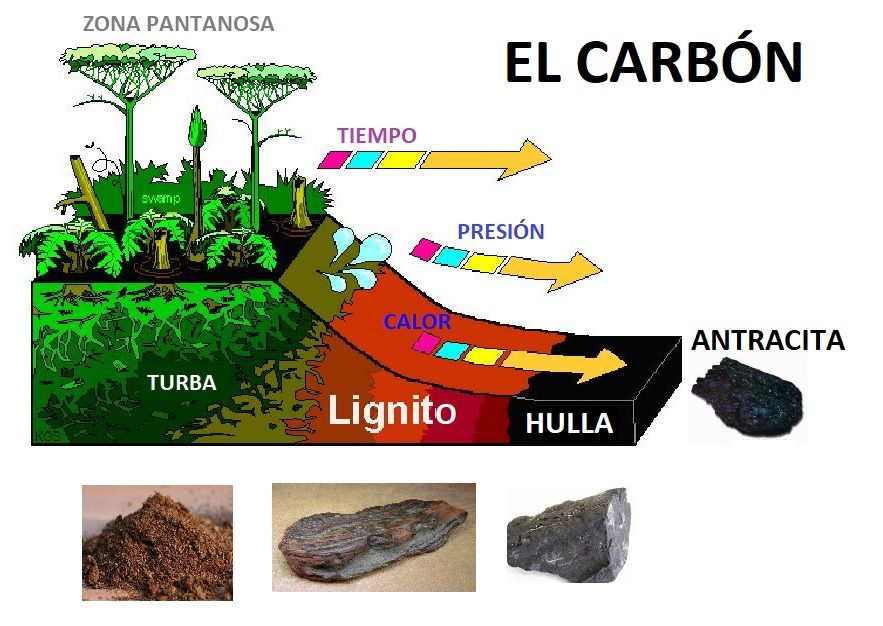













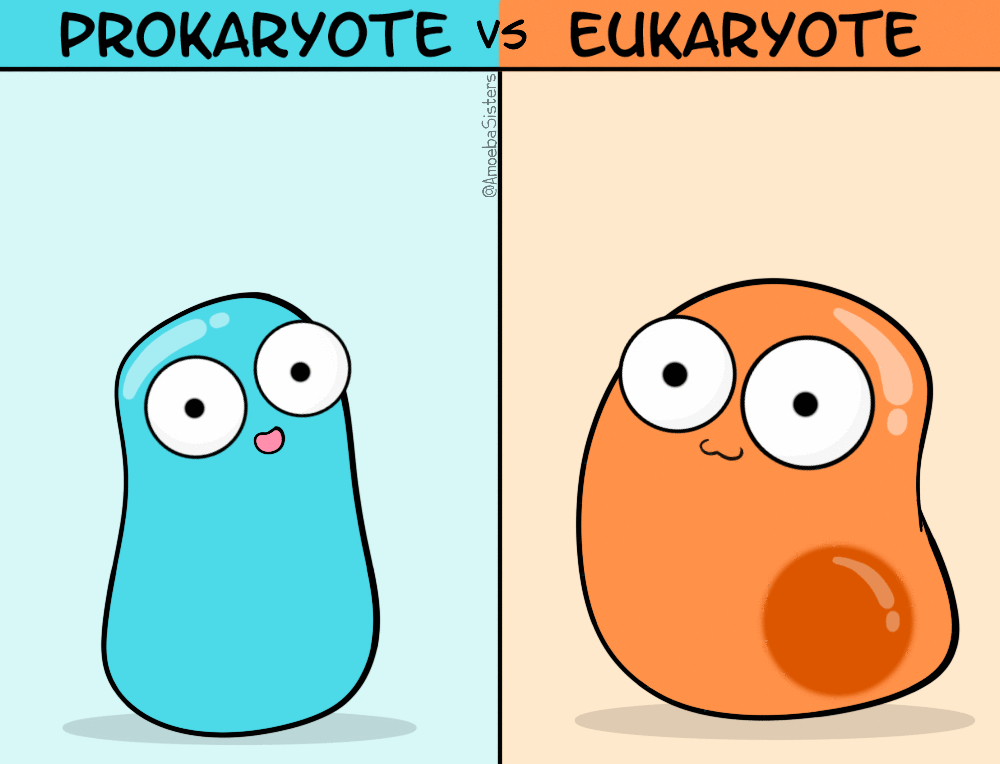


























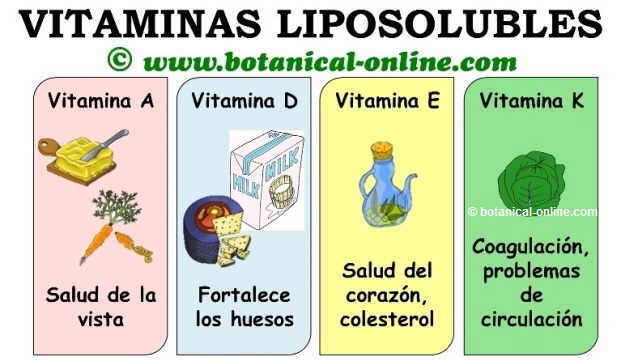
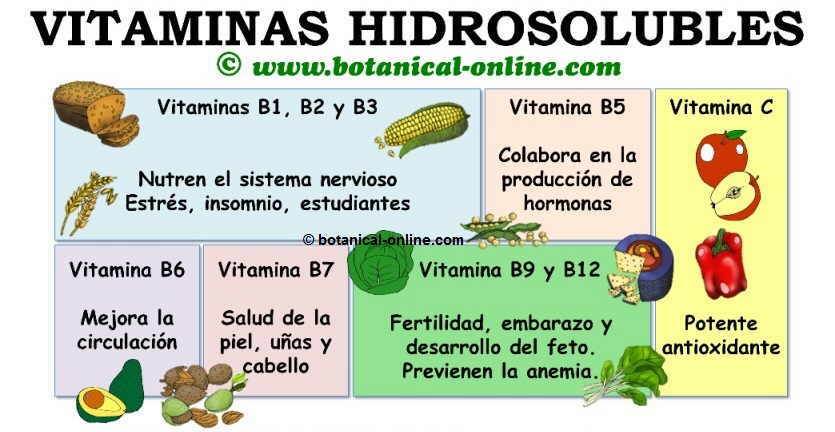

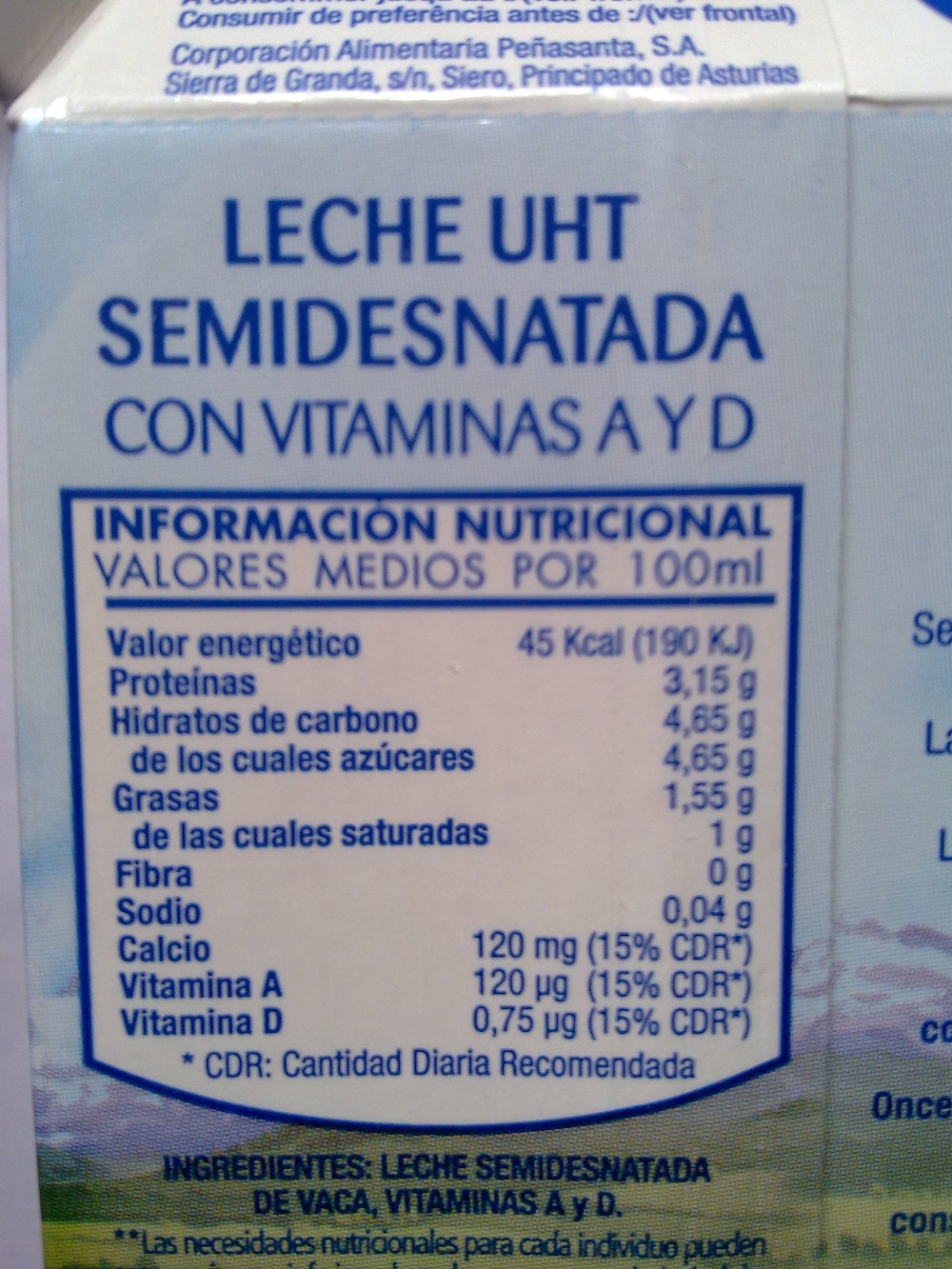


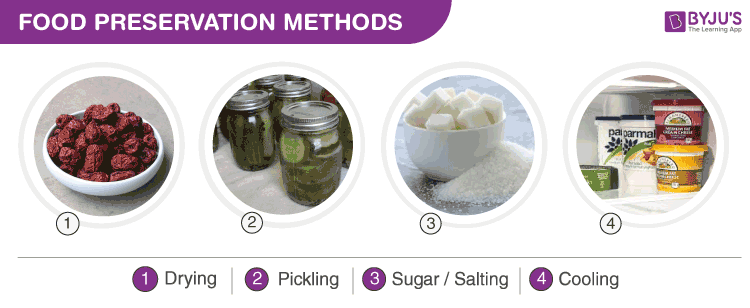

.jpg)
.jpg)





















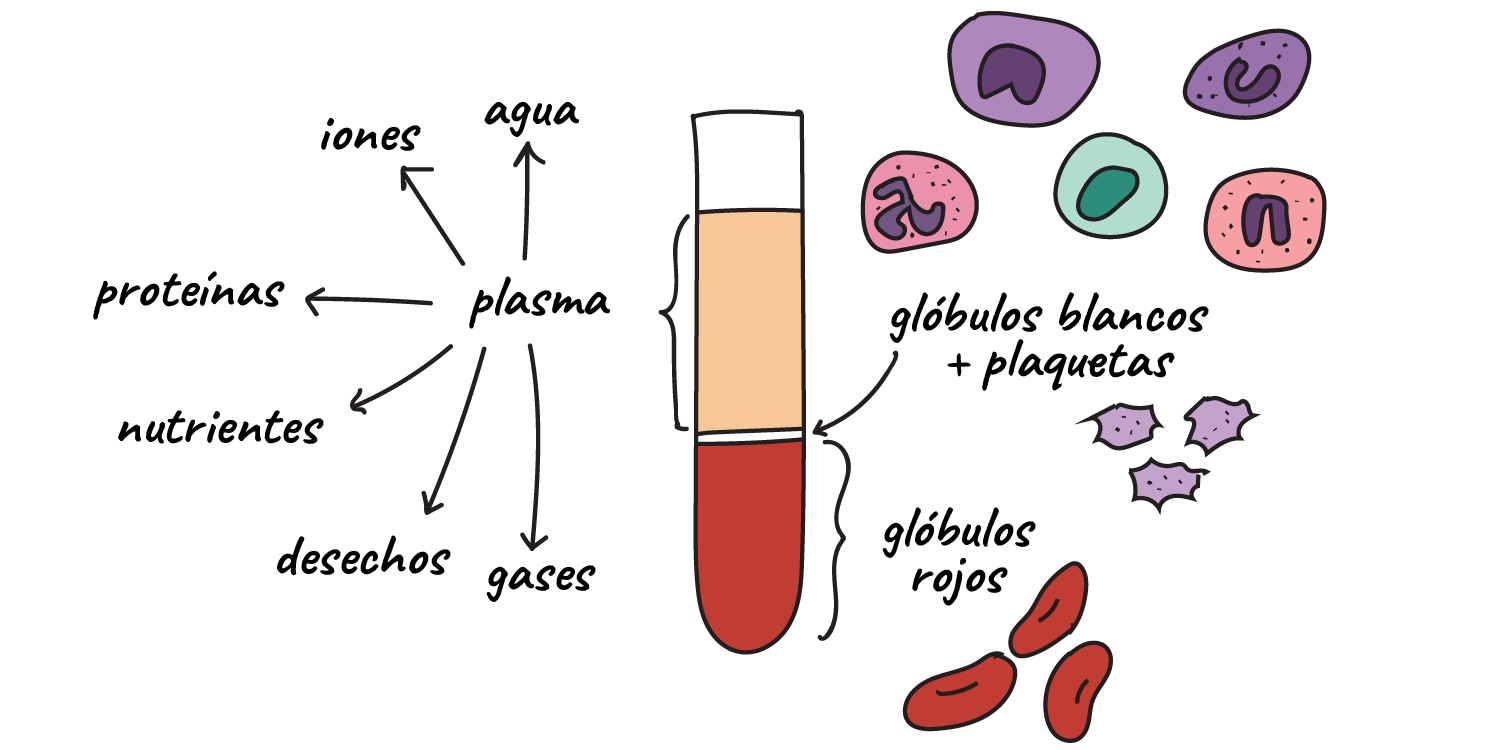


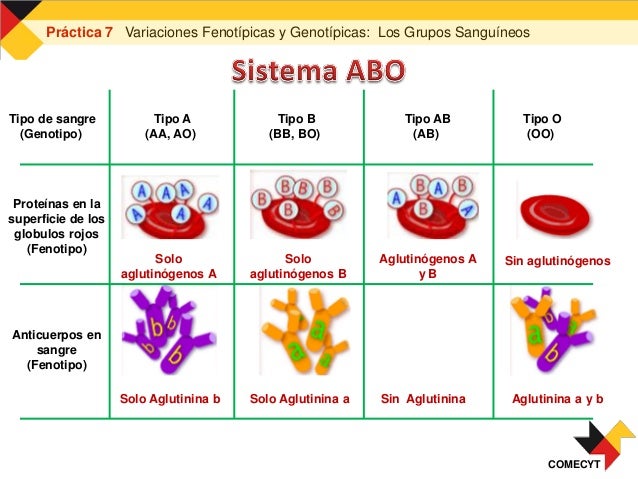








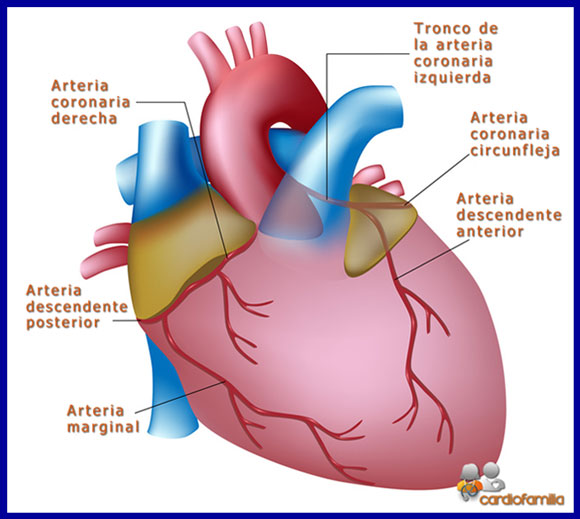


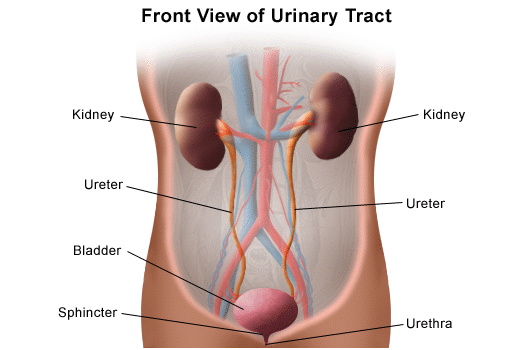



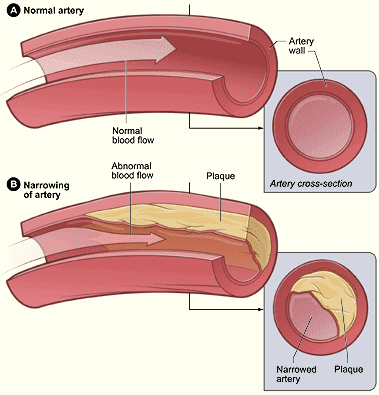








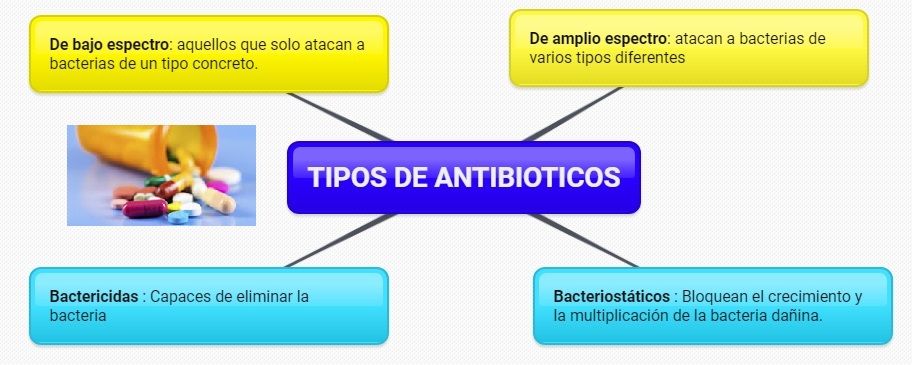
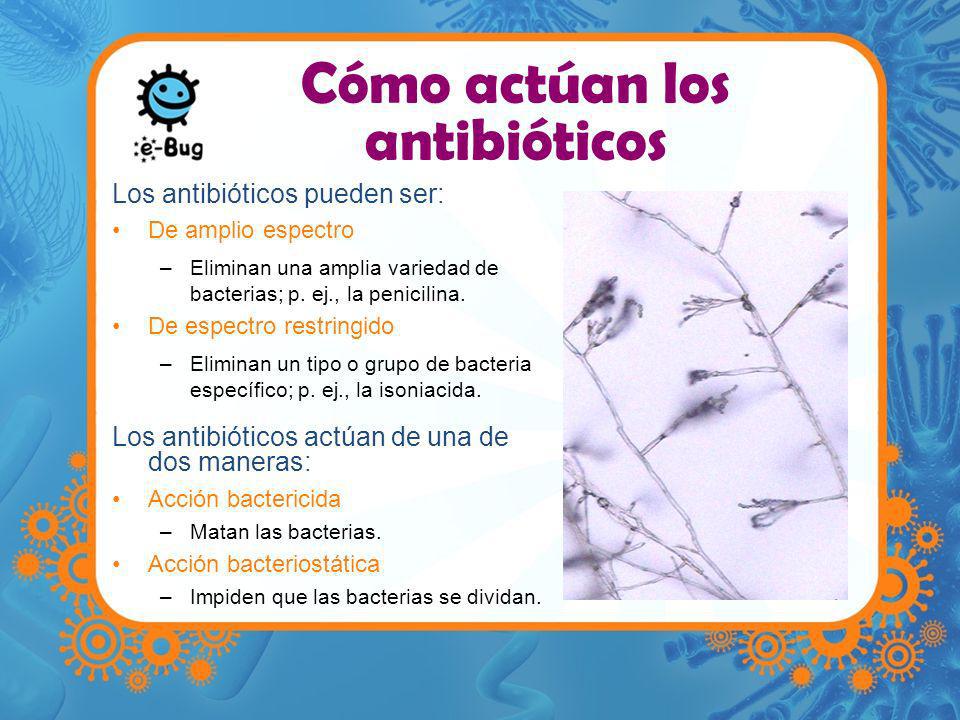
No hay comentarios:
Publicar un comentario